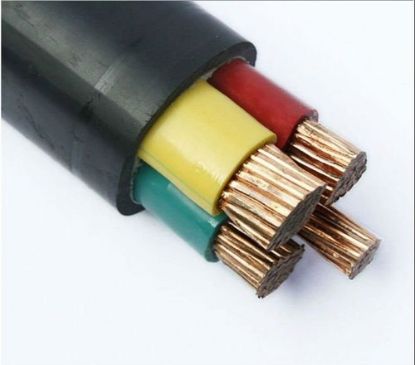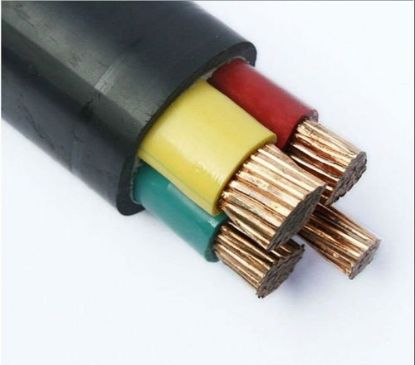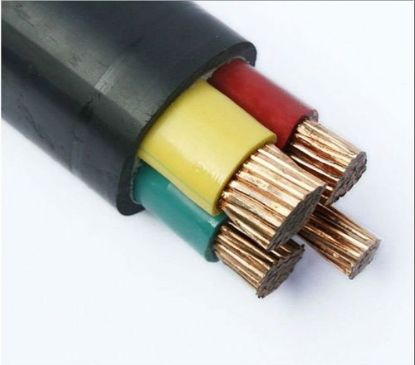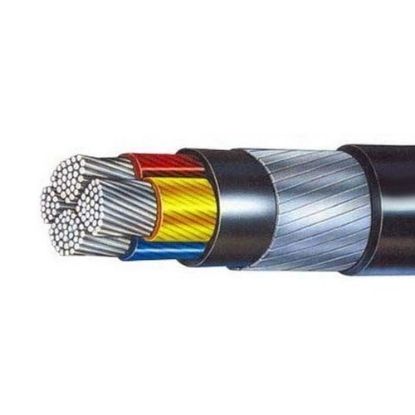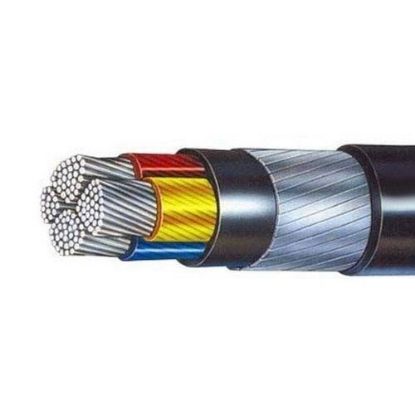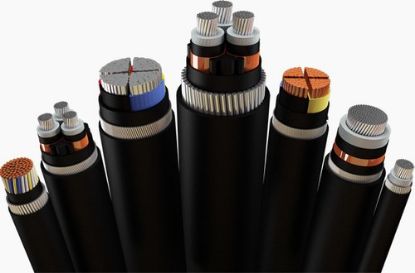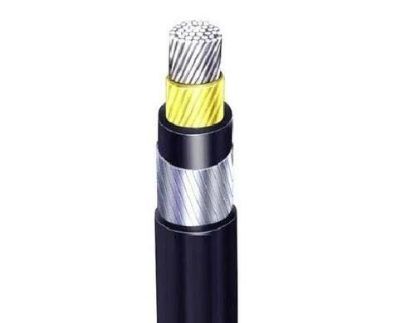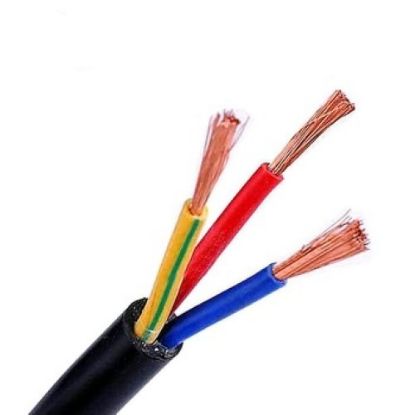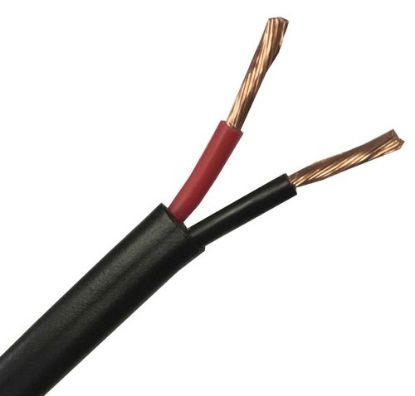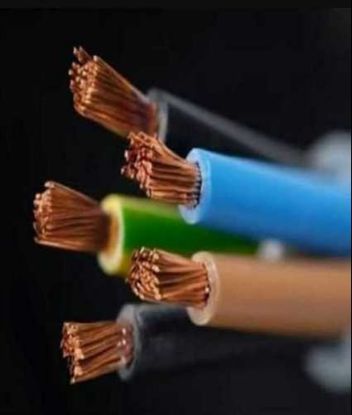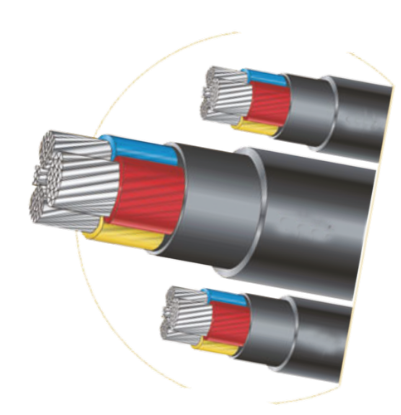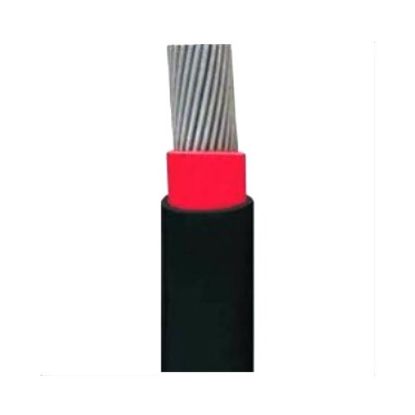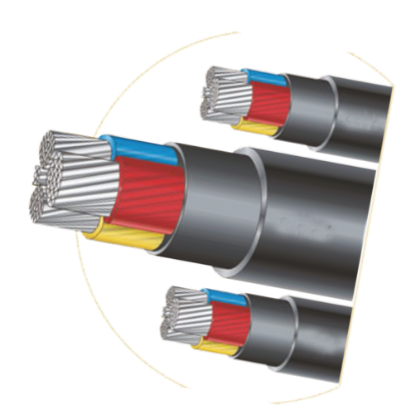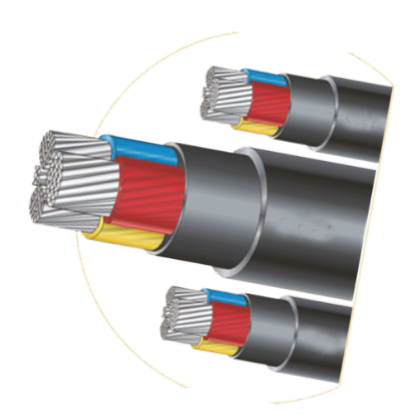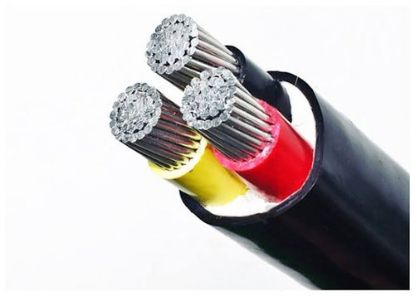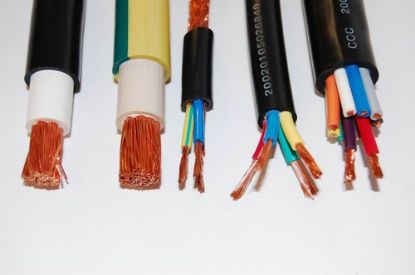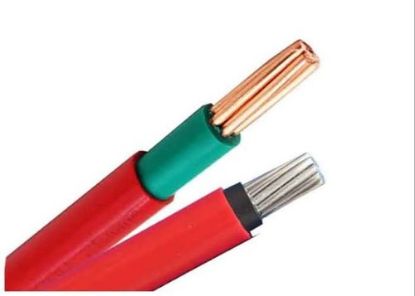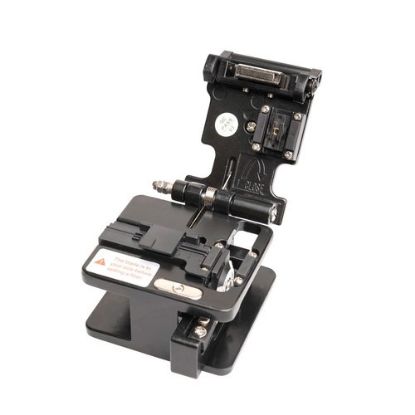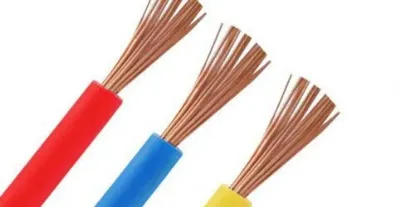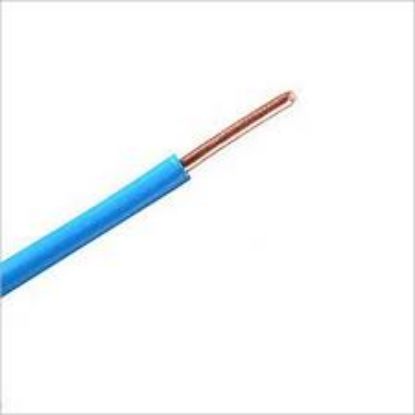Reachable at 9560662883  011-46039993 (Ext. 21 to 32) (10am - 06pm)
011-46039993 (Ext. 21 to 32) (10am - 06pm)
You have no items in your shopping cart.
Filter BY BRANDS
Wires, Cables and Accessories
Wires, Cables and Accessories
Copper Armoured XLPE PVC Insulated Cable-Number of Cores:3.5, Size:25 SQ.MM
produced using 99.97% pure, bare copper and aluminium conductors that have been bright-annealed. XLPE compound is used to insulate these lines. Extruded or taped inner sheath. Armoured flat galvanised steel strip and round steel wire. PVC, HR PVC, FRLS, or FR can be used for the outer sheaths depending on the application and client requirements.
Copper Armoured XLPE PVC Insulated Cable-Number Of Core:4, Size:1.5 SQ. MM
produced using 99.97% pure, bare copper and aluminium conductors that have been bright-annealed. XLPE compound is used to insulate these lines. Extruded or taped inner sheath. Armoured flat galvanised steel strip and round steel wire. PVC, HR PVC, FRLS, or FR can be used for the outer sheaths depending on the application and client requirements.
Copper Armoured XLPE PVC Insulated Cable-Number Of Core:5, Size:1.5 SQ. MM
produced using 99.97% pure, bare copper and aluminium conductors that have been bright-annealed. XLPE compound is used to insulate these lines. Extruded or taped inner sheath. Armoured flat galvanised steel strip and round steel wire. PVC, HR PVC, FRLS, or FR can be used for the outer sheaths depending on the application and client requirements.
Aluminum Armoured XLPE PVC Cable-Size:4 Sqmm, Number of Core:4 Core
produced using 99.97% pure, bare copper and aluminium conductors that have been bright-annealed. XLPE compound is used to insulate these lines. Extruded or taped inner sheath. Armoured flat galvanised steel strip and round steel wire. PVC, HR PVC, FRLS, or FR can be used for the outer sheaths depending on the application and client requirements.
Aluminum Armoured XLPE PVC Cable-Size:25 Sq.mm, Number of Core:3.5 Core
produced using 99.97% pure, bare copper and aluminium conductors that have been bright-annealed. XLPE compound is used to insulate these lines. Extruded or taped inner sheath. Armoured flat galvanised steel strip and round steel wire. PVC, HR PVC, FRLS, or FR can be used for the outer sheaths depending on the application and client requirements.
Aluminum Armoured XLPE PVC Cable-Size:2.5 sqmm, Number of Core:2Core
produced using 99.97% pure, bare copper and aluminium conductors that have been bright-annealed. XLPE compound is used to insulate these lines. Extruded or taped inner sheath. Armoured flat galvanised steel strip and round steel wire. PVC, HR PVC, FRLS, or FR can be used for the outer sheaths depending on the application and client requirements.
Aluminum Armoured XLPE PVC Cable-Size:16 sqmm, Number of Core:1
produced using 99.97% pure, bare copper and aluminium conductors that have been bright-annealed. XLPE compound is used to insulate these lines. Extruded or taped inner sheath. Armoured flat galvanised steel strip and round steel wire. PVC, HR PVC, FRLS, or FR can be used for the outer sheaths depending on the application and client requirements.
Round Copper Flexible Cable-Number of Core:3, Wire Size:0.75 Sq.mm
Round Copper Flexible Cable is produced using 99.97% pure, bare copper and aluminium conductors that have been bright-annealed. XLPE compound is used to insulate these lines. Extruded or taped inner sheath. Armoured flat galvanised steel strip and round steel wire. PVC, HR PVC, FRLS, or FR can be used for the outer sheaths depending on the application and client requirements.
Round Copper Flexible Cable-Number of Core:2, Wire Size:16Sq.mm
Round Copper Flexible Cable is produced using 99.97% pure, bare copper and aluminium conductors that have been bright-annealed. XLPE compound is used to insulate these lines. Extruded or taped inner sheath. Armoured flat galvanised steel strip and round steel wire. PVC, HR PVC, FRLS, or FR can be used for the outer sheaths depending on the application and client requirements.
Round Copper Flexible Cable-Number of Core:5, Size:0.75 Sq.mm
Round Copper Flexible Cable is produced using 99.97% pure, bare copper and aluminium conductors that have been bright-annealed. XLPE compound is used to insulate these lines. Extruded or taped inner sheath. Armoured flat galvanised steel strip and round steel wire. PVC, HR PVC, FRLS, or FR can be used for the outer sheaths depending on the application and client requirements.
Aluminum Unarmoured XLPE PVC Cable-Numbers of Cores:4, Size:4 SQ.MM
An aluminium wire is two times lighter than a copper wire but has a cross section that is 1.5 times bigger to pass the same amount of electricity. One of the most crucial factors for high-voltage power lines that transport electricity over great distances is weight. Therefore, the primary overhead electricity lines solely employ aluminium wires.
Aluminum Unarmored XLPE PVC Cable-Numbers of Cores:1, Size:16 SQ.MM
An aluminium wire is two times lighter than a copper wire but has a cross section that is 1.5 times bigger to pass the same amount of electricity. One of the most crucial factors for high-voltage power lines that transport electricity over great distances is weight. Therefore, the primary overhead electricity lines solely employ aluminium wires.
Aluminum Unarmored XLPE PVC Cable-Numbers of Cores:2, Size:6SQ.MM
An aluminium wire is two times lighter than a copper wire but has a cross section that is 1.5 times bigger to pass the same amount of electricity. One of the most crucial factors for high-voltage power lines that transport electricity over great distances is weight. Therefore, the primary overhead electricity lines solely employ aluminium wires.
Aluminum Unarmored XLPE PVC Cable-Numbers of Cores:3.5, Size:25 SQ.MM
An aluminium wire is two times lighter than a copper wire but has a cross section that is 1.5 times bigger to pass the same amount of electricity. One of the most crucial factors for high-voltage power lines that transport electricity over great distances is weight. Therefore, the primary overhead electricity lines solely employ aluminium wires.
Aluminum Unarmored XLPE PVC Cable-Number of Cores:3, Size:4SQ.MM
An aluminium wire is two times lighter than a copper wire but has a cross section that is 1.5 times bigger to pass the same amount of electricity. One of the most crucial factors for high-voltage power lines that transport electricity over great distances is weight. Therefore, the primary overhead electricity lines solely employ aluminium wires.
Copper Flexible PVC Insulated Cable-Number of Core:1, Size:95 SQ.MM
produced using 99.97% pure, bare copper and aluminium conductors that have been bright-annealed. XLPE compound is used to insulate these lines. Extruded or taped inner sheath. Armoured flat galvanised steel strip and round steel wire. PVC, HR PVC, FRLS, or FR can be used for the outer sheaths depending on the application and client requirements.
Copper Flexible PVC Insulated Cable-Number of Core:1, Size:6SQ.MM
produced using 99.97% pure, bare copper and aluminium conductors that have been bright-annealed. XLPE compound is used to insulate these lines. Extruded or taped inner sheath. Armoured flat galvanised steel strip and round steel wire. PVC, HR PVC, FRLS, or FR can be used for the outer sheaths depending on the application and client requirements.
FIBER CLEAVER - MODEL NAME:FB-1601
A fiber cleaver is a device that holds the fiber under little tension, precisely scores the surface, and then gradually increases tension until the fiber snaps. Good cleavers operate automatically and reliably regardless of the operator.
Multi -Strand House Wiring - (Single Core) 0.75 Sqmm
Multi-conductor cables employ a specific kind of stranded wire construction called Seewel Multi-Strand House Wiring. Each cable also has a common covering, multiple distinct conductors, and other components. These cables may thus contain up to 60 conductors. This refers to the blending of solid and stranded conductors into a single unit.
Multi -Strand House Wiring - (Single Core) 1.00 Sqmm
Multi-conductor cables employ a specific kind of stranded wire construction called Seewel Multi-Strand House Wiring. Each cable also has a common covering, multiple distinct conductors, and other components. These cables may thus contain up to 60 conductors. This refers to the blending of solid and stranded conductors into a single unit.

